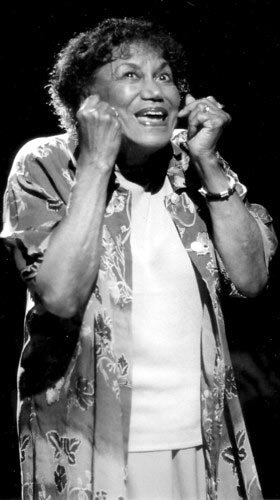
our history
THE LEGACY OF EDWIN FORREST
In the early 1800s, Americans flocked to theaters as a source of entertainment and drama. During this time, American actors began to challenge the dominance of British actors and theater.
One of these actors, Edwin Forrest of Philadelphia, would become one of the most well-known and popular performers of the first half of the nineteenth century. Edwin Forrest was the first true star of the American theatre.
Born on March 9, 1806 in Philadelphia to William and Rebecca Forrest. Edwin was fascinated with the theatre at a very early age and with his older brother William, practiced together before either took the stage. Edwin joined his first theater company at the age of twelve. William a modest actor, became a respected manager in Albany and in Philadelphia. He was the manager of the Arch Street Theatre in Philadelphia, where he died prematurely.
In 1820 at the age of fourteen, Forrest made his professional debut at the Walnut Street Theatre in Philadelphia.
Through most of the rest of the 19th century, American actors and other entertainers performed only in theatre, variety and traveling circuses, and members of the profession were not highly respected. During his long and successful career, Edwin Forrest did a great deal to change that perception.
In July 1826 Forrest debuted in New York as Othello. His Bowery Theatre performance in November in the same role was so successful that Forrest became the leading attraction for the remainder of the season. The fame of his initial triumph and the power of his performances brought him sold-out houses in city after city. Within two years, and still in his early twenties, Edwin Forrest had become the most highly paid performer in the United States. When he toured in England and throughout Europe, he was the first American to be acclaimed an international star.
Both a Shakespearean actor and a supporter of emerging American playwrights, his roles included Spartacus, Macbeth, Hamlet, and Metamora in Metamora; and The Last of the Wampanoags. In the late 1840s and early 1850s, Forrest’s reputation was damaged by a very public and bitter divorce from his wife Catherine as well as a rivalry with the British actor William Macready. The rivalry between the two actors culminated in the Astor Place Riot on May 10, 1849 when supporters of the two actors clashed in a conflict that left at least 20-25 people dead.

historic photos & performance gallery

Bill Sims and Reuben Santiago-Hudson in Lackawanna Blues

David Dallas and Mel Donaldson in Trick The Devil

Cathy Simpson and Brenda Pressley in The Old Settler

Adenrele Ojo and Toure Aziz in Freedom Theatre’s Black Nativity

Clarice Taylor in Spermegga

Johnnie Hobbs, Jr and Millicent Sparks in Black Picture Show

Clarice Taylor (far left) and the cast of Purlie

Kim Sullivan, Rodney Gilbert and Mel Donaldson in The Pool Room

Byran Clark in Lazarus, Unstoned

Johnnie Hobbs, Jr. and Ron Jones in Black Picture Show

Cooley High, adapted from the film and directed by Walter Dallas

Desire Under The Elms, co-production with Chicago’s Court Theatre

Matt Rochester, Merlyn Brown and Damali Mason in The Trial of One Short-sighted Woman versus Mammy Louise and Safreeta Mae

Lindsay Smiling in Trick The Devil

Robert Christophe in Freedom Theatre’s Black Nativity

Freedom Theatre’s Black Nativity

Donovan Hagins in Trick The Devil

An Evening of Comedy with Moms Mabley

Johnnie Hobbs, Jr. and Millicent Sparks in Sty of the Blind Pig

Daniel Beaty in Emergence-See!

Emergence-See! written and performed by Daniel Beaty, directed by Walter Dallas, Lightiing by Curtis V. Hodge


